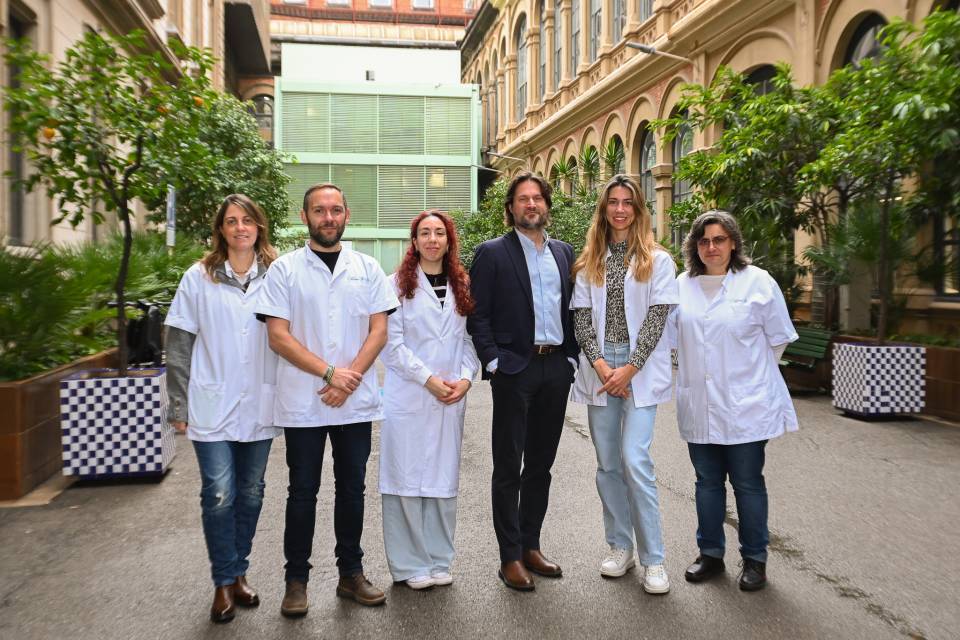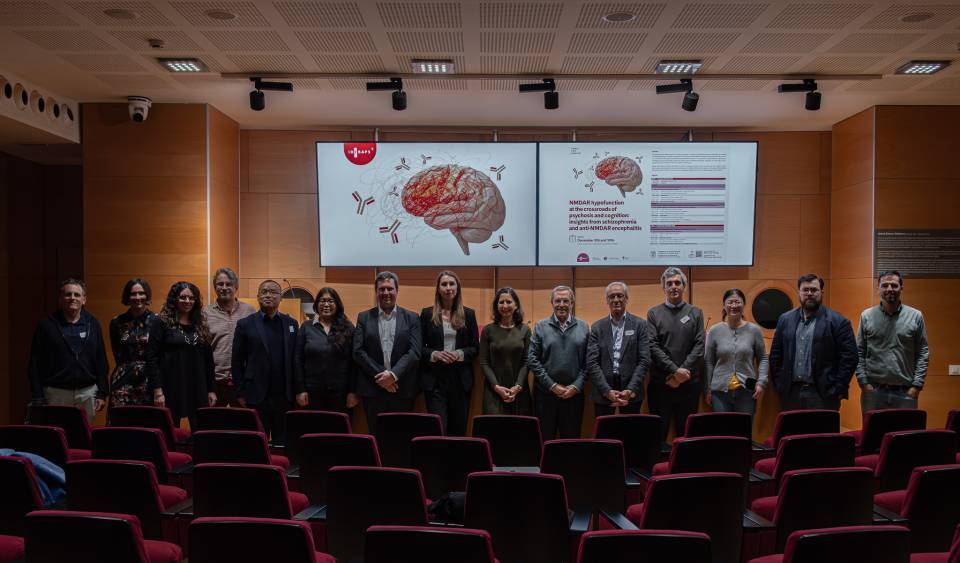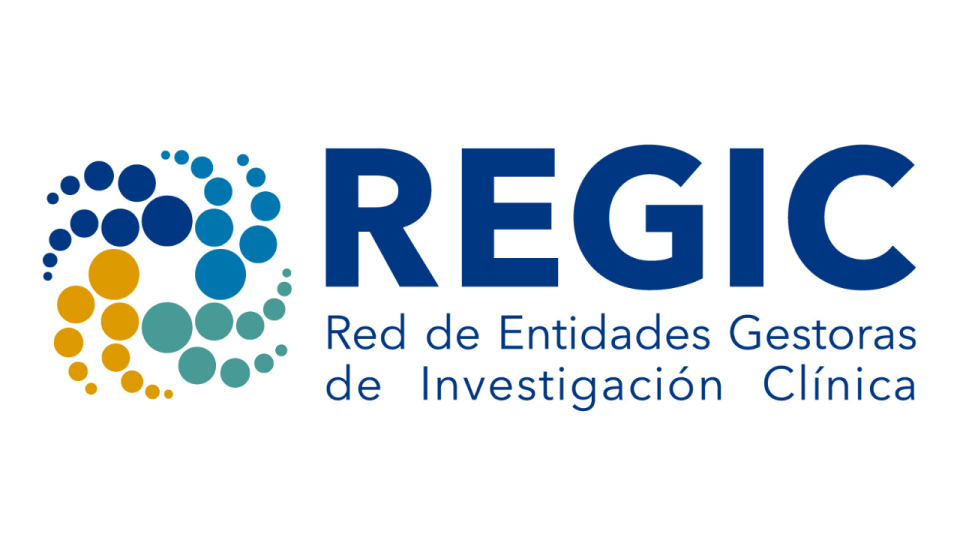Rubèn González-Colom, Isaac Cano and Josep Roca, researchers at IDIBAPS, participated in the study. The work received funding from the Catalan Ministry of Health, as part of the TRAJECTOME project (EU ERA PerMed programme), with the collaboration of the CatSalut group - Digitalisation for the Sustainability of the Health System (DS3).
The TRAJECTOME project assessed new technologies for studying the biological mechanisms that explain the associations and trajectories of diseases, with a focus on preventive and precision medicine. Depression was the central use case in the project.
What is depression or depressive disorder?
Depressive disorders are a group of illnesses whose common symptom is the presence of pathological sadness. However, it is not a homogeneous illness. It manifests itself in very varied ways, with symptoms and comorbidities that can differ considerably from one person to another. This makes it difficult to treat and understand both biologically and clinically.
“In order to address this complexity, the researchers set out to identify different clusters, or groups of patients who share similar genetic and clinical characteristics,” explains Isaac Cano.
Seven groups with unique genetic profiles and risk factors
The study analysed data from 12 million participants from cohorts in several European countries, including the United Kingdom, Finland and Spain. Adopting an innovative approach based on dynamic Bayesian networks, they studied morbidity trajectories—in other words, the patterns of illness over the course of life—in people with depression.
Through the analysis of morbidity trajectories, seven clusters of patients were identified, which share specific protective- and risk-factor profiles, with differentiated genetic and clinical characteristics. Moreover, it was observed that some of these clusters had a higher disease prevalence, especially those related to inflammatory processes.
“One of the most important discoveries was precisely the identification of the influence of inflammatory processes in the profiles of patients with a higher disease burden. This finding suggests that, for some subgroups of people with depression, treatments that reduce inflammation may be particularly effective”, says Rubèn González-Colom.
Implications for the personalization of treatments
The ultimate goal of this study is to improve current treatments for depression through a more personalized approach. The identification of different genetic and non-genetic risk profiles could allow specific treatments to be designed for each patient, instead of applying a generic solution.
According to the researchers, the results of this study have the potential to change the way we understand and treat depression. The creation of a detailed map of the genetic background and correlations between these clusters offers a new perspective on the neurobiology of major depressive disorder. In fact, the findings suggest that the morbidity trajectories are the key to understanding the biological mechanisms underlying this illness.
It should be noted that the overall results of the TRAJECTOME project offer a high potential for generalizability, with relevant applications in the prevention and management of multimorbitity that go beyond the use case.
Study reference:
Gezsi A, Van der Auwera S, Mäkinen H, Eszlari N, Hullam G, Nagy T, Bonk S, González-Colom R, Gonda X, Garvert L, Paajanen T, Gal Z, Kirchner K, Millinghoffer A, Schmidt CO, Bolgar B, Roca J, Cano I, Kuokkanen M, Antal P, Juhasz G. Unique genetic and risk-factor profiles in clusters of major depressive disorder-related multimorbidity trajectories. Nat Commun. 2024 Aug 21;15(1):7190. doi: 10.1038/s41467-024-51467-7. PMID: 39168988; PMCID: PMC11339304.




